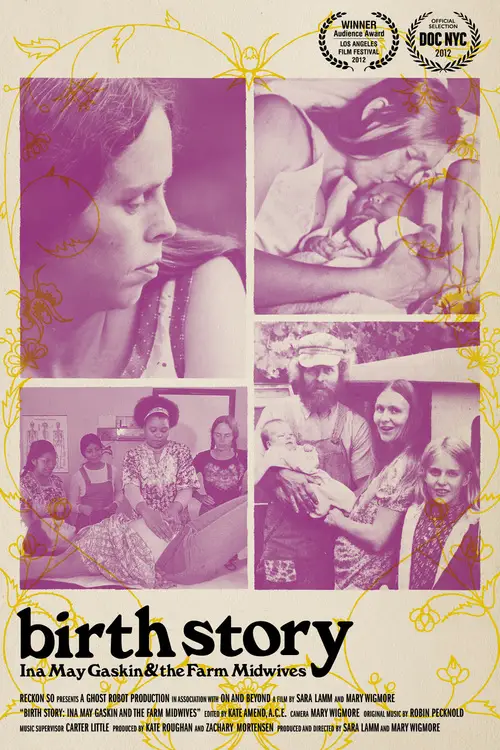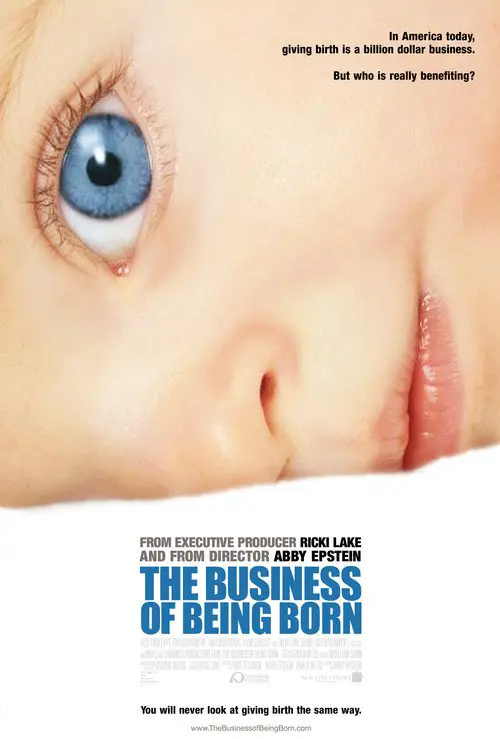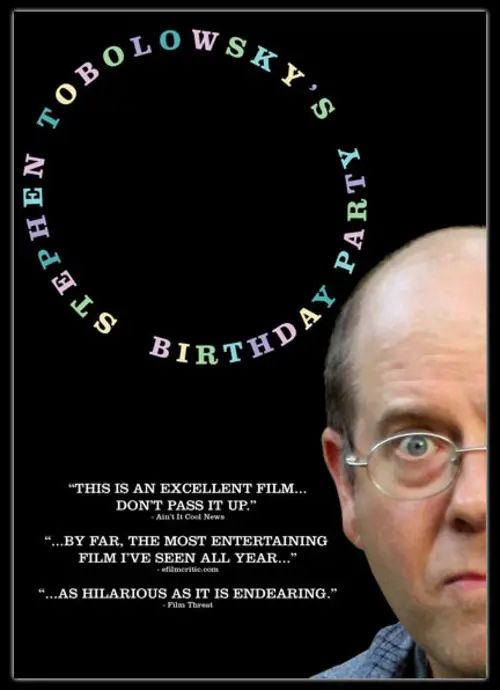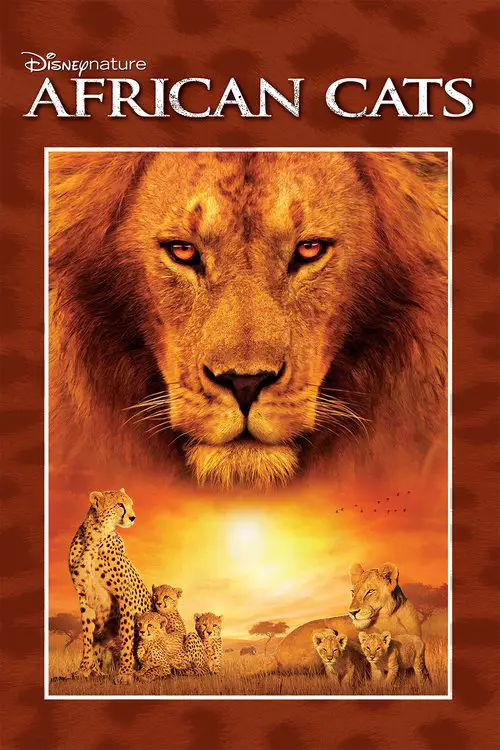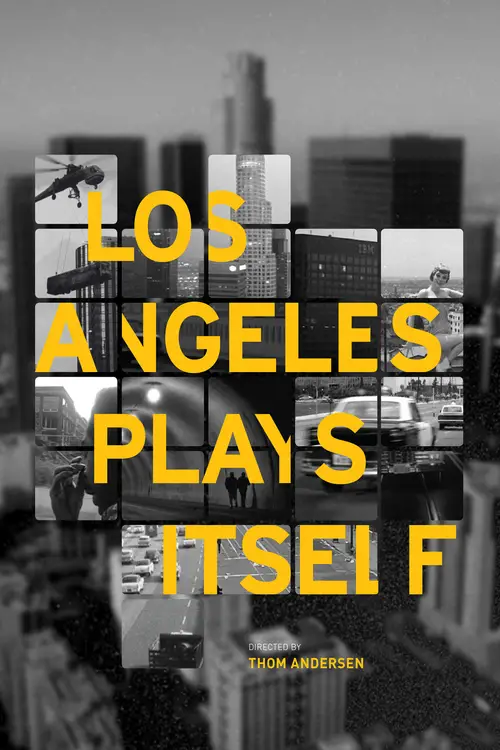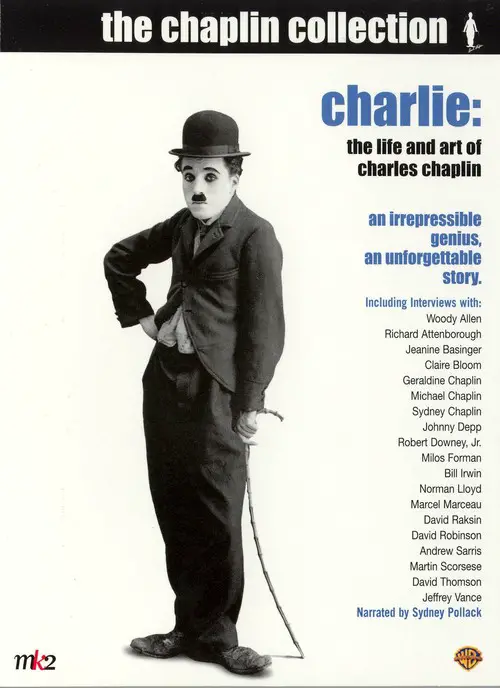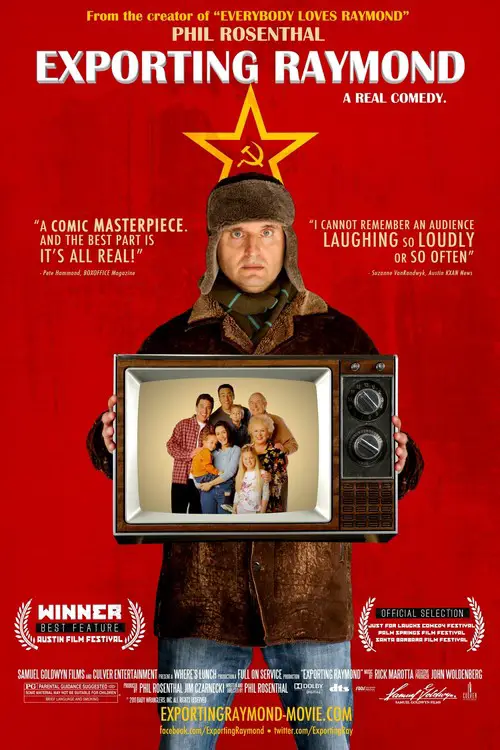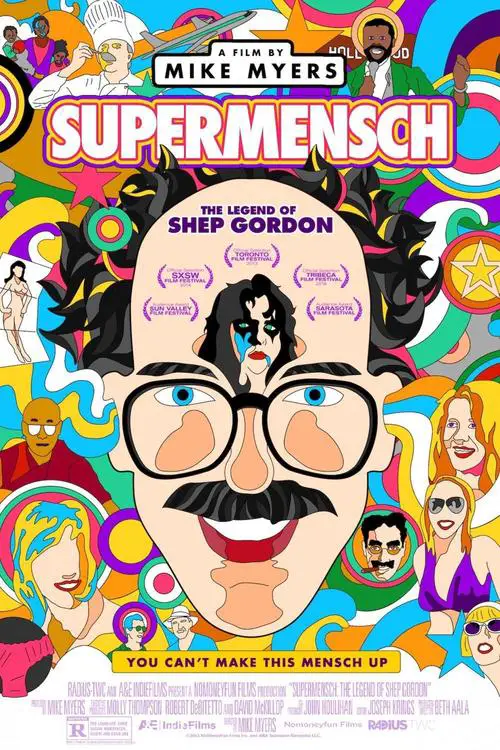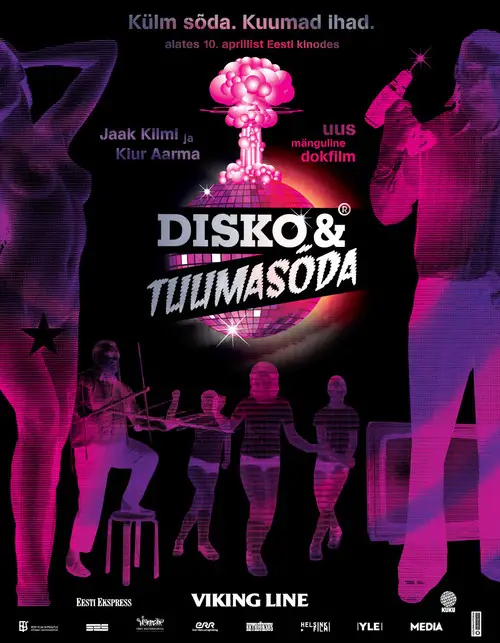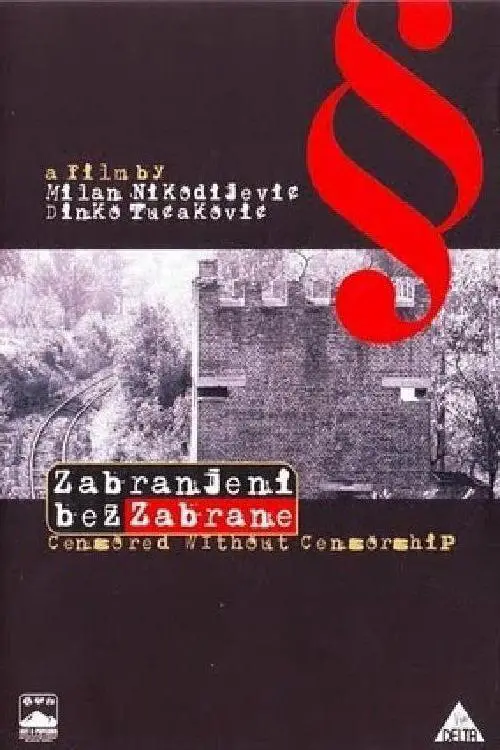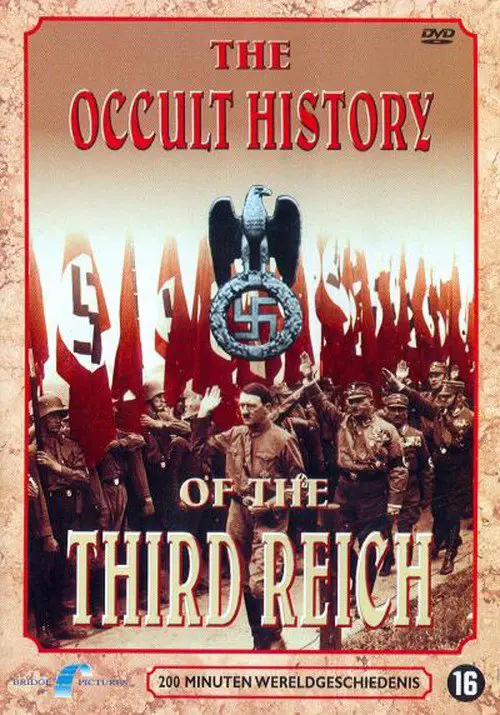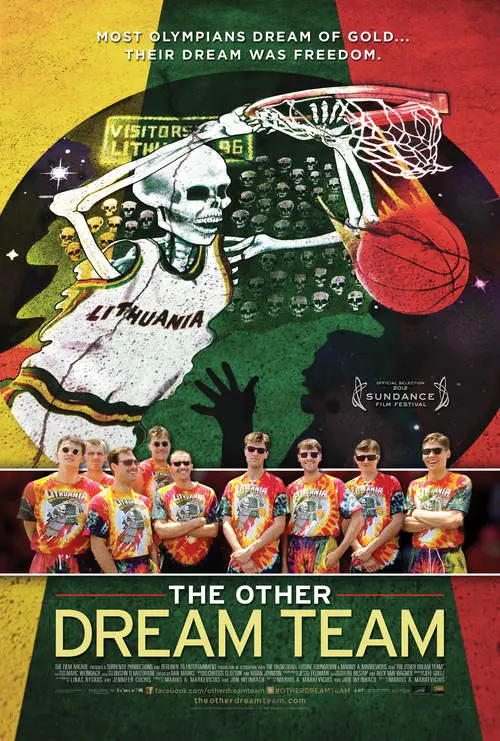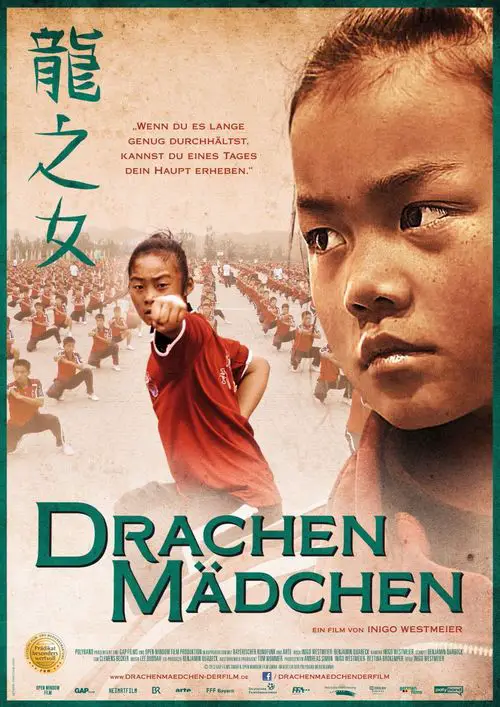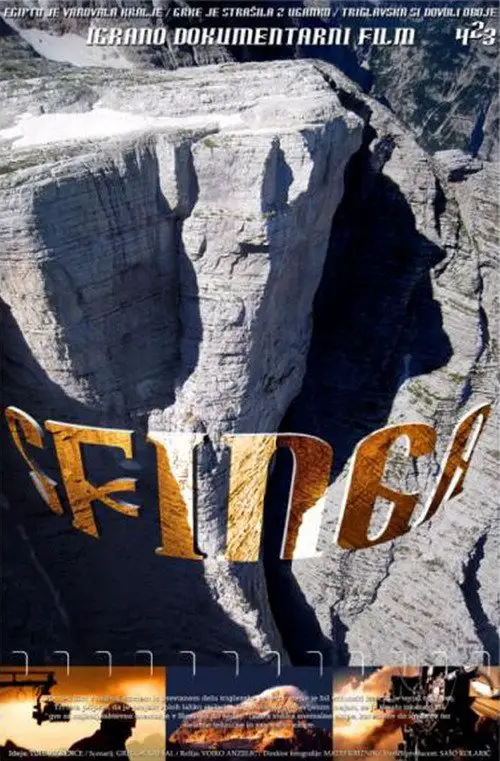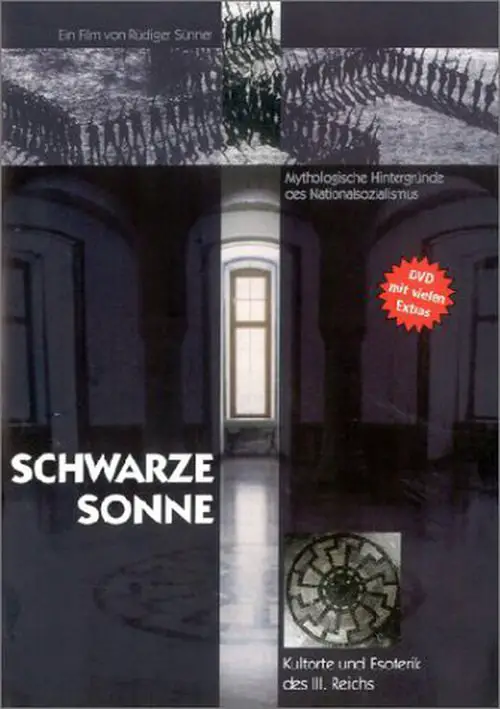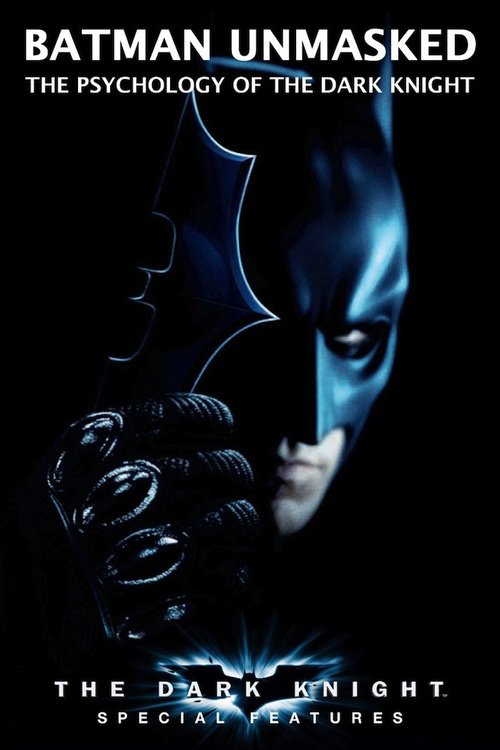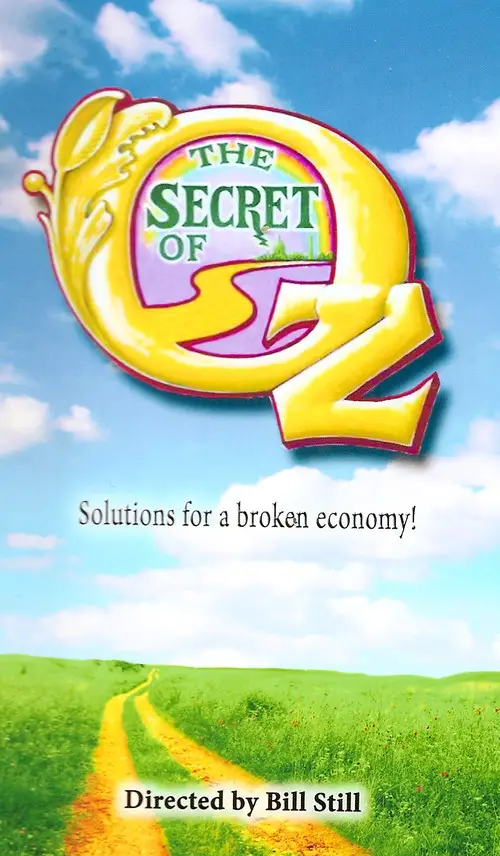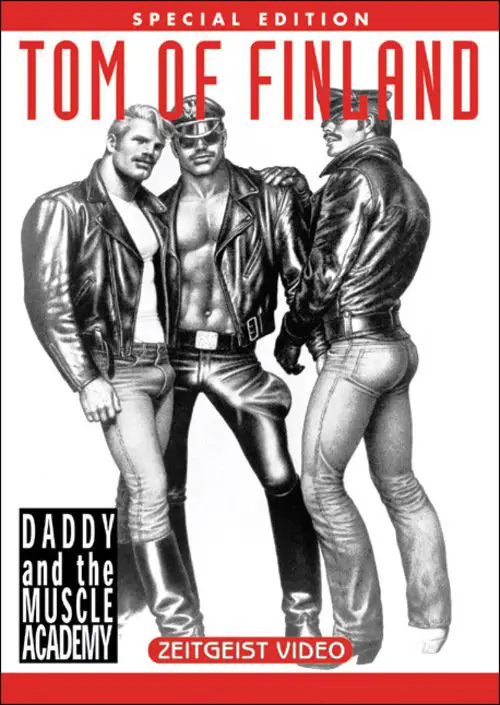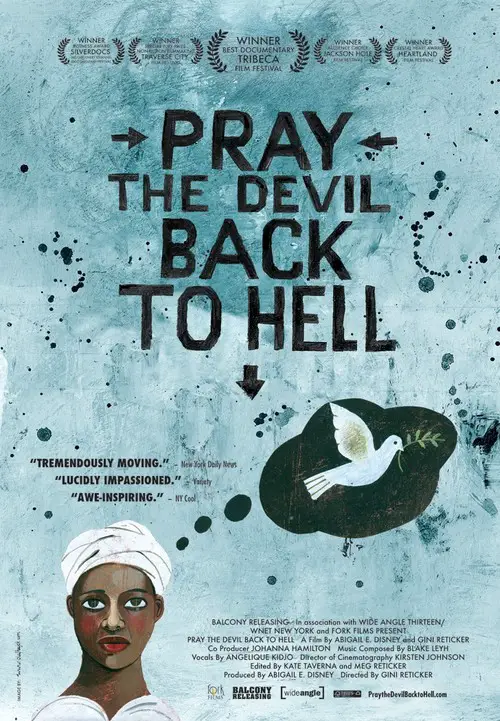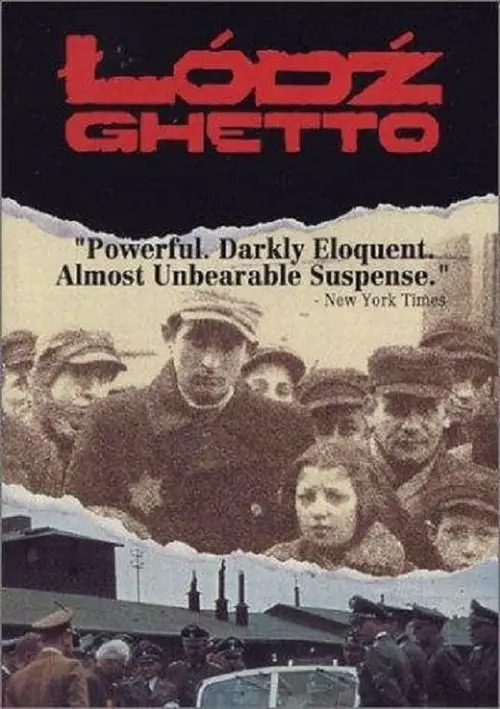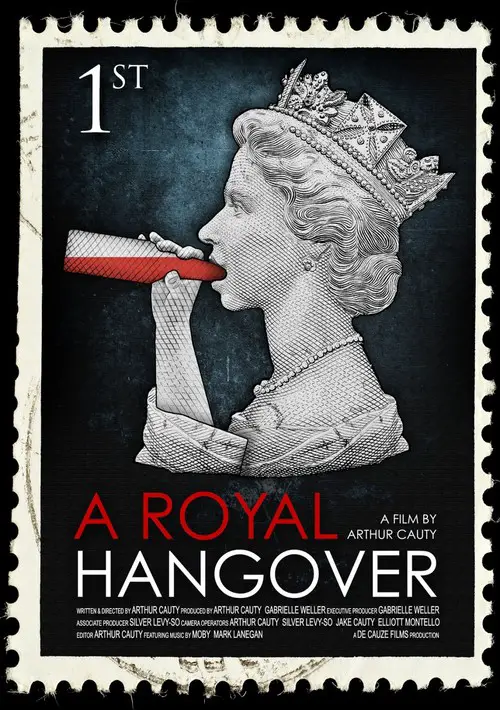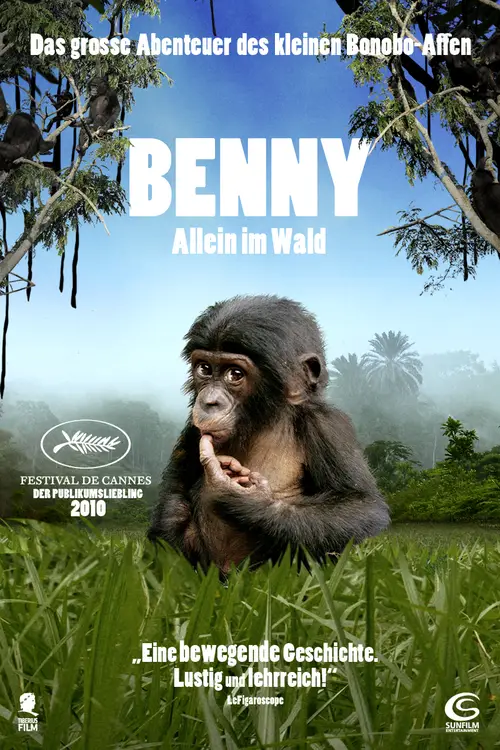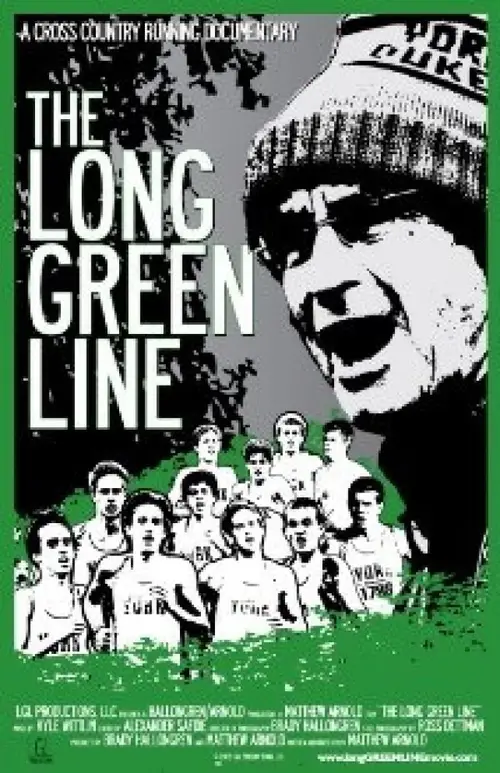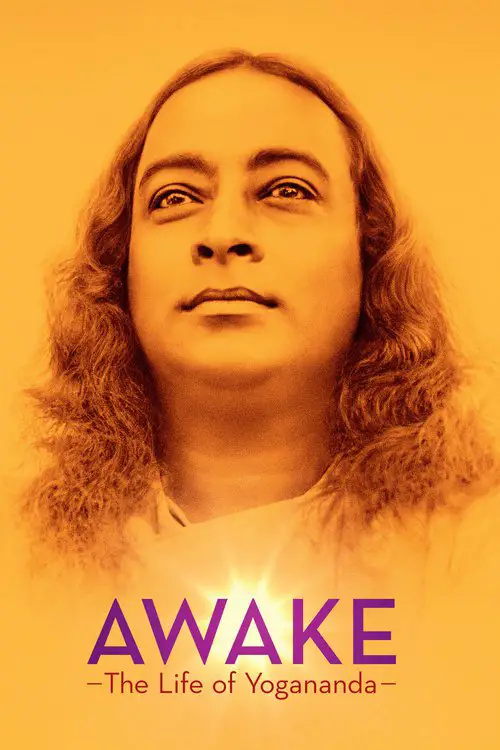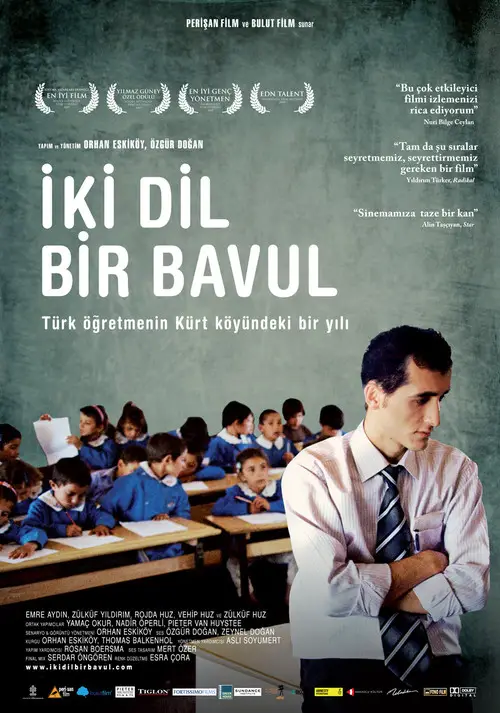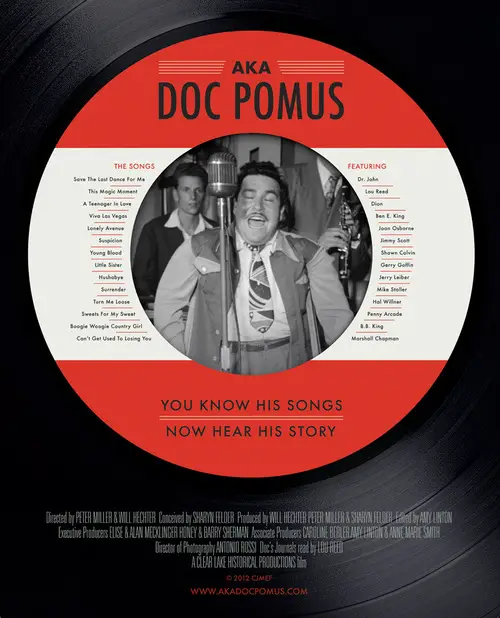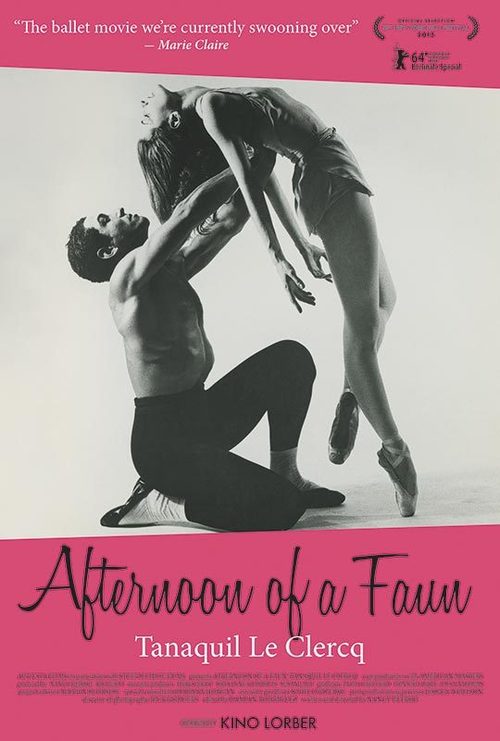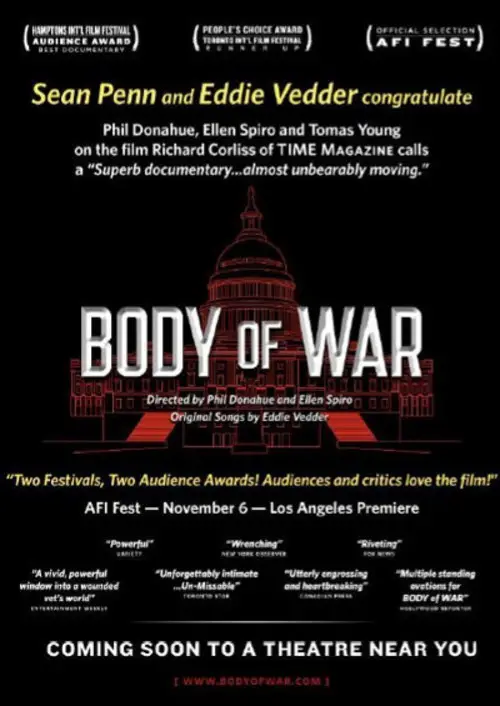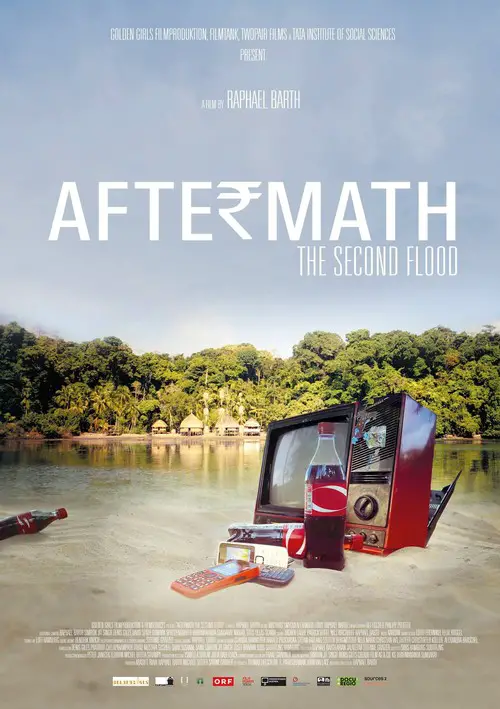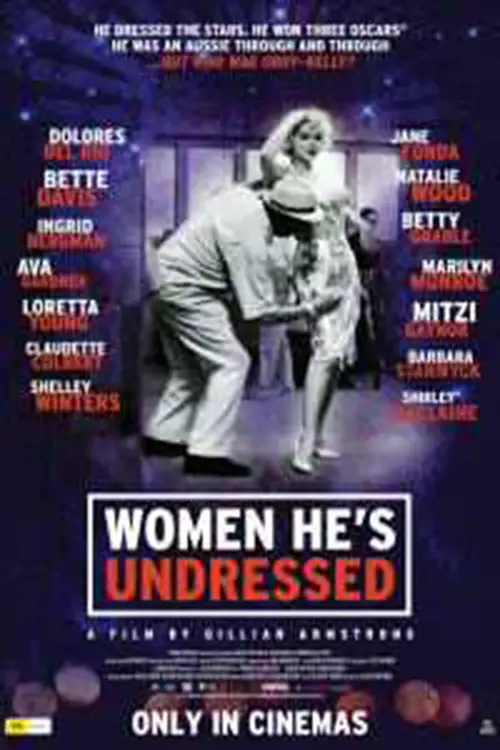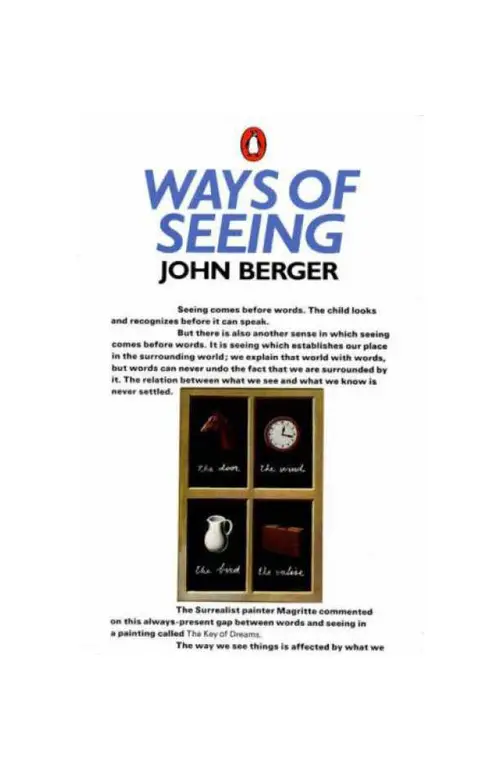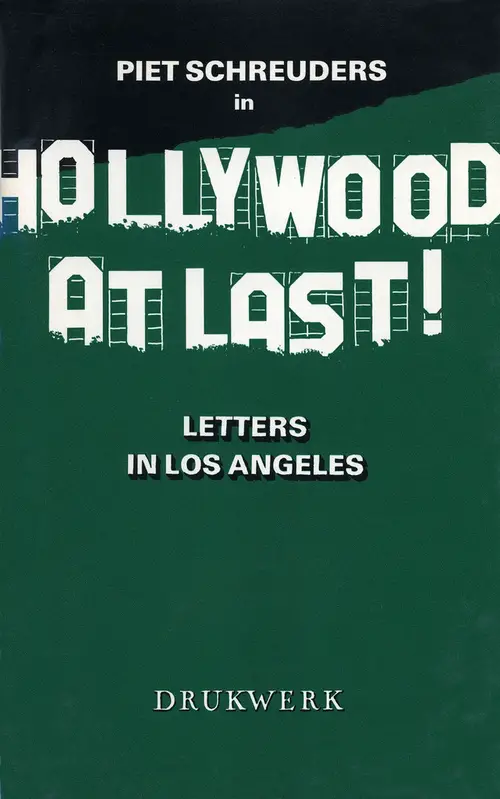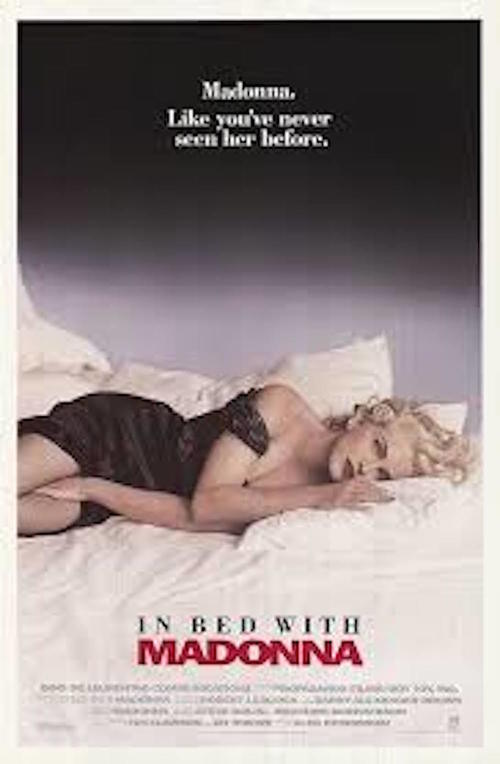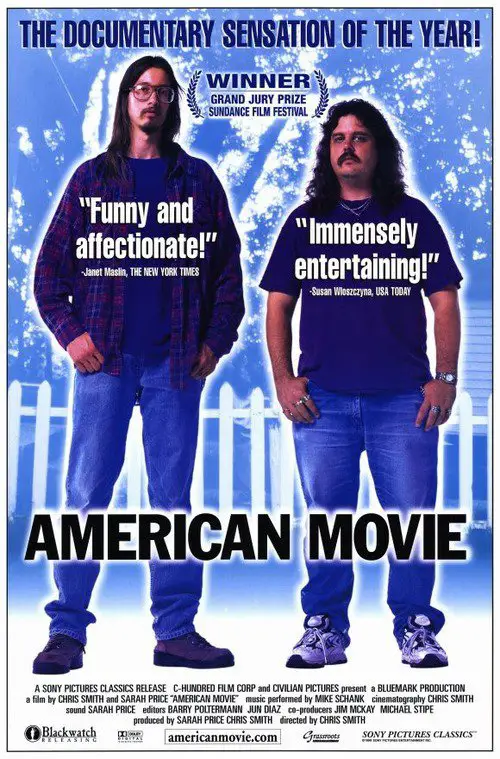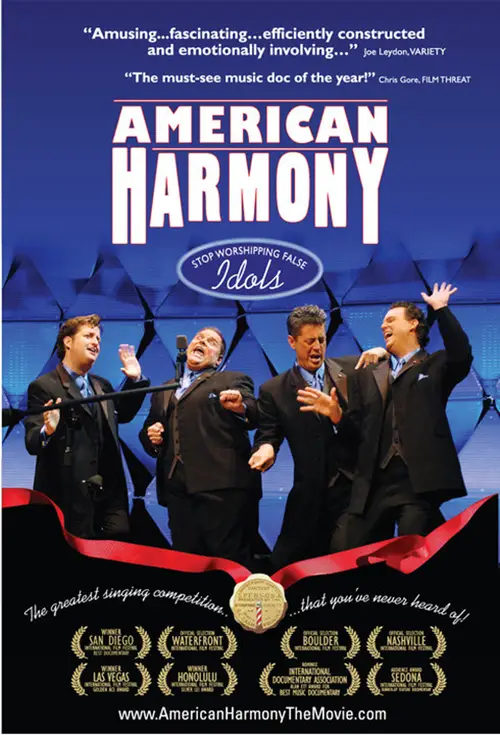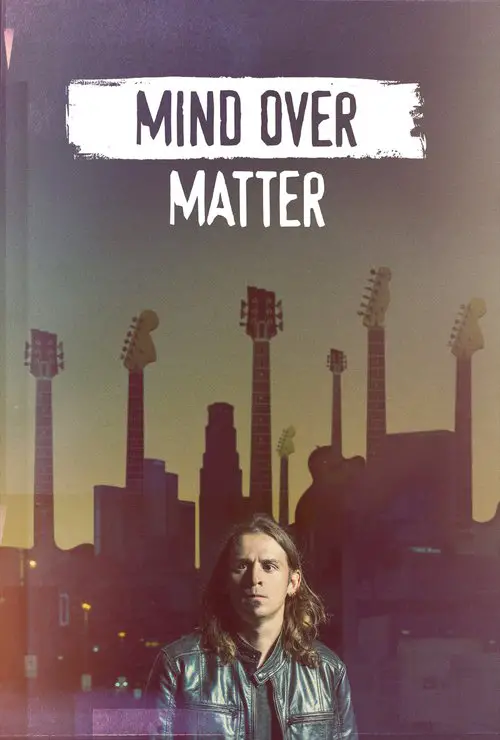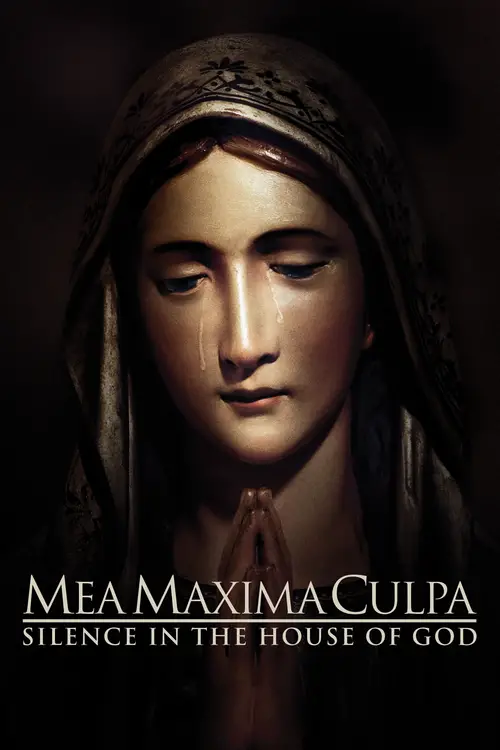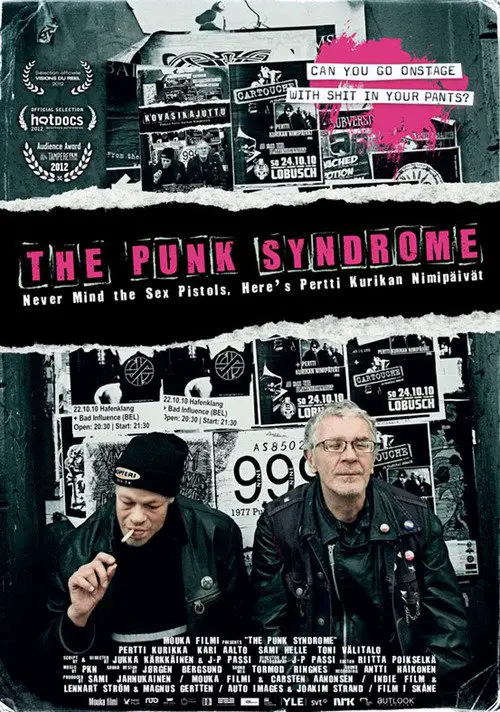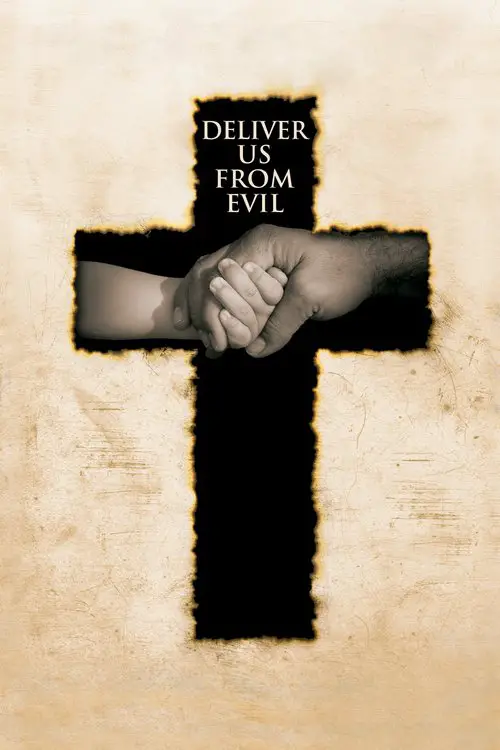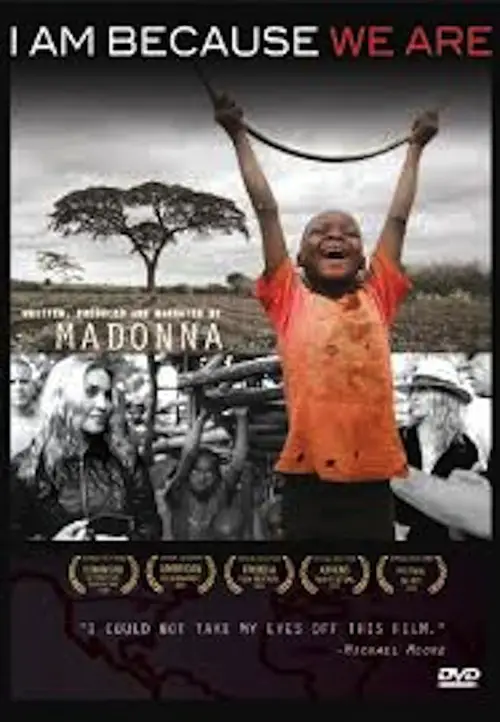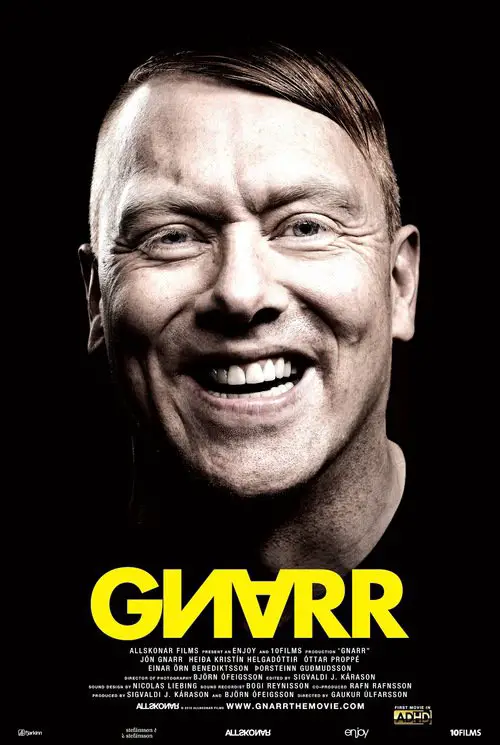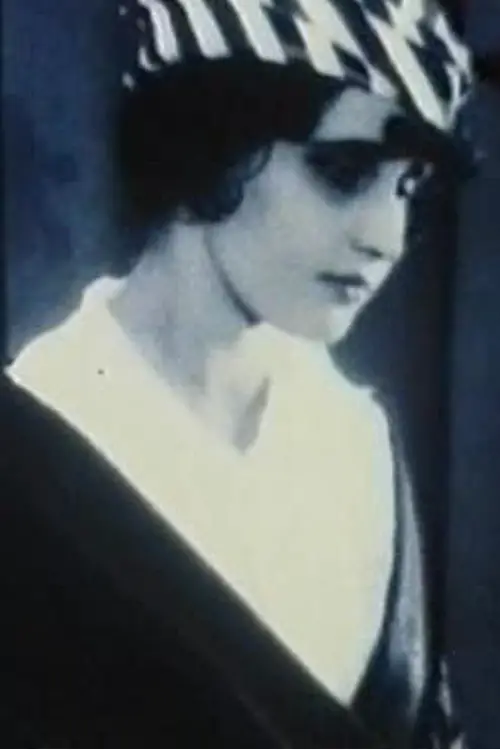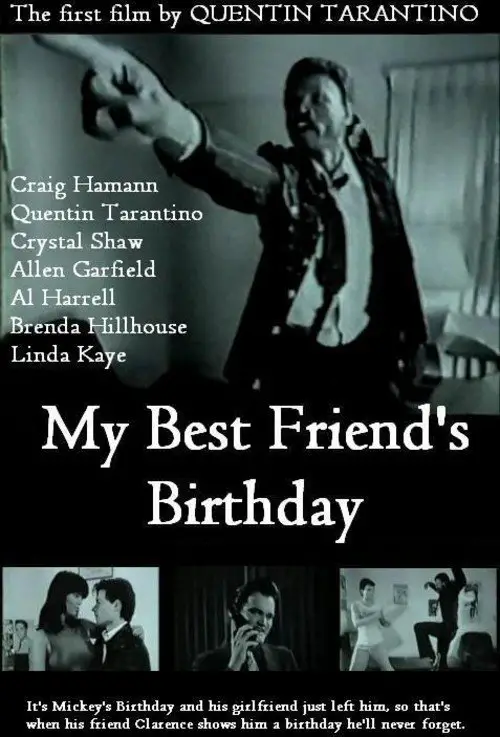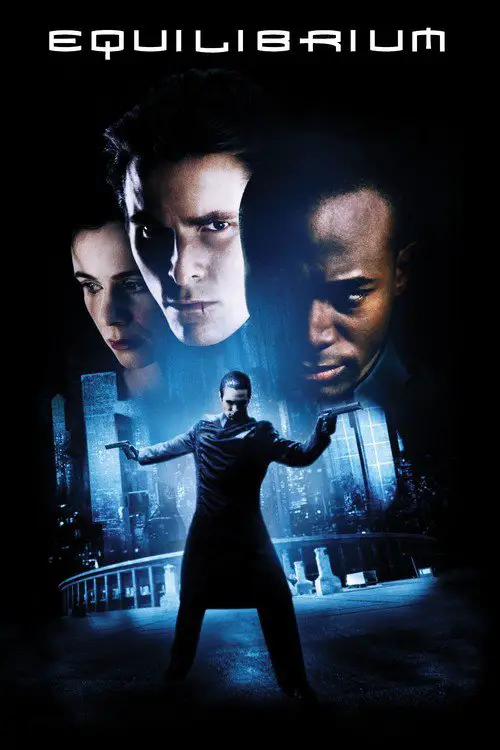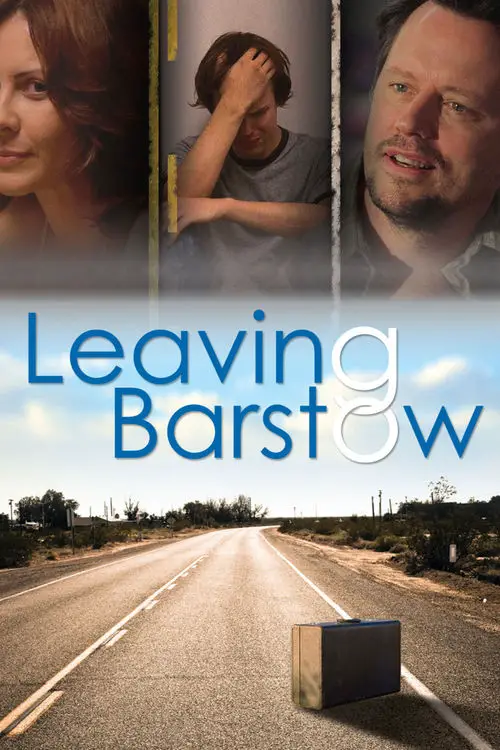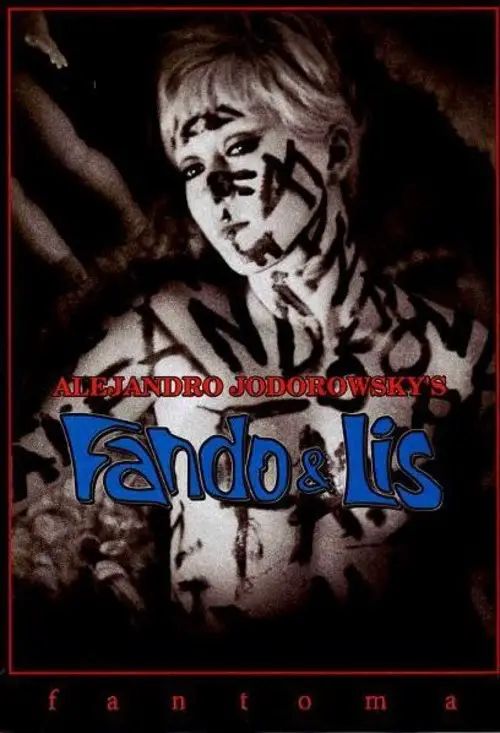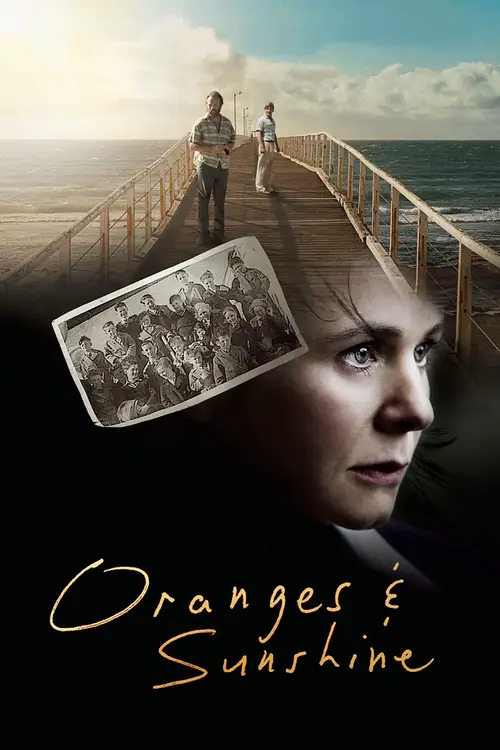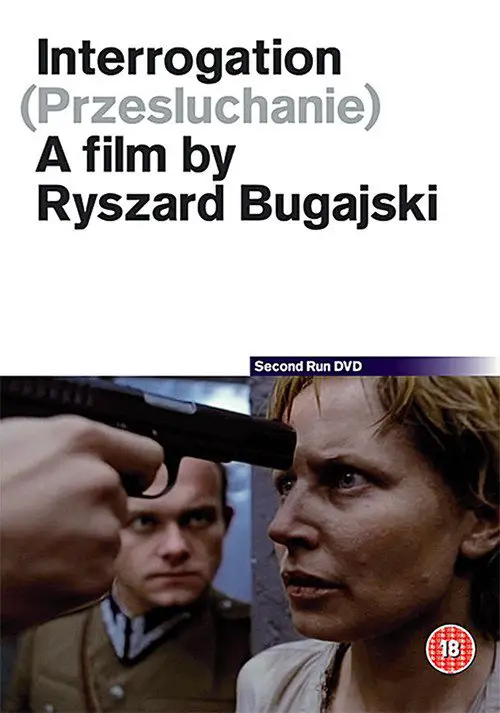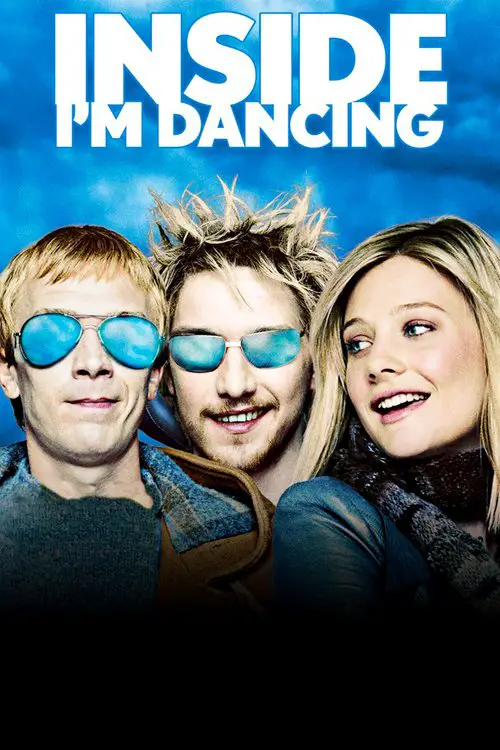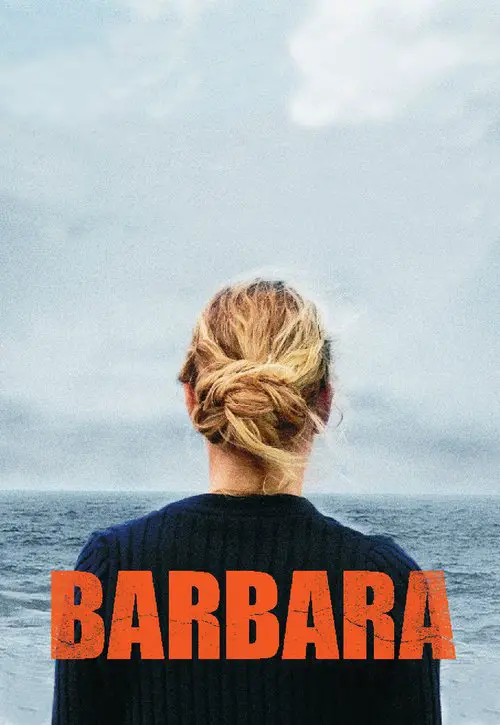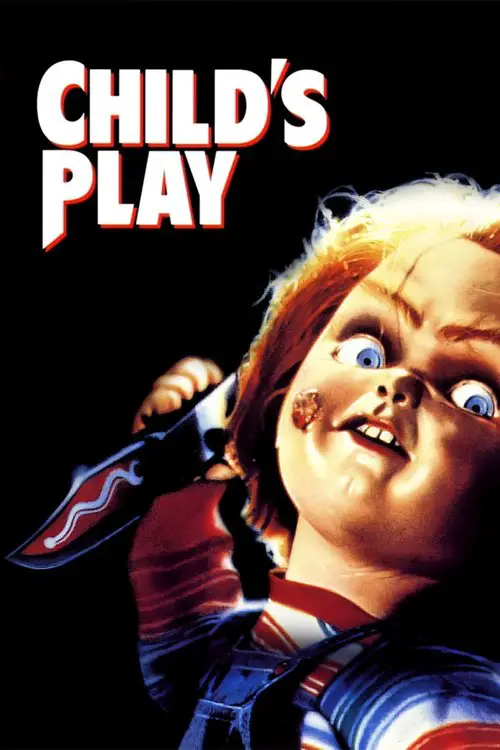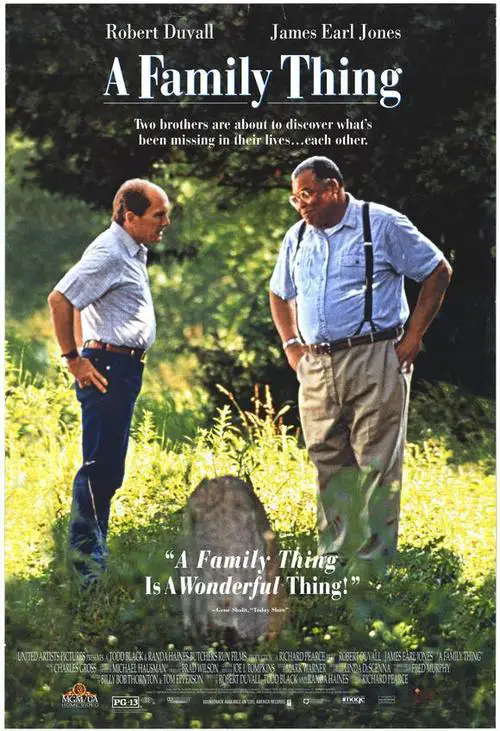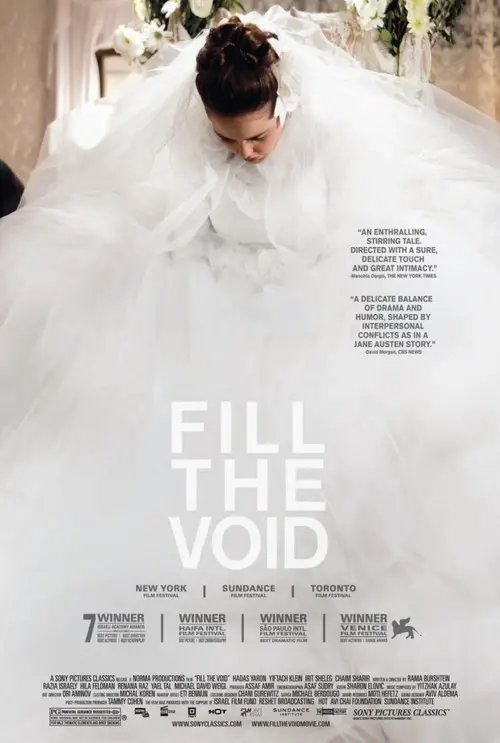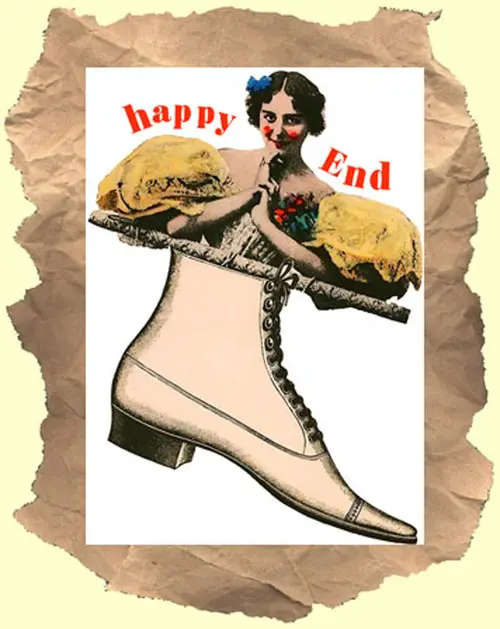The Case of Bronek Pekosinski (1993)
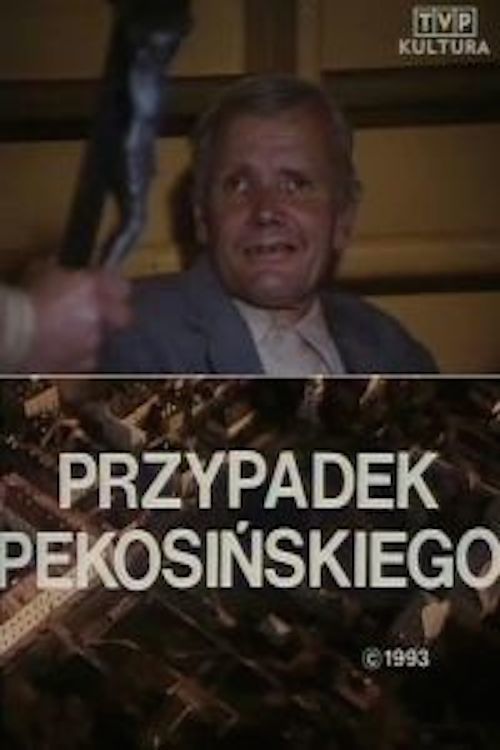
Similar movies
Birth Story: Ina May Gaskin and The Farm Midwives captures a spirited group of women who taught themselves how to deliver babies on a 1970s hippie commune. Today as nearly one third of all US babies are born via C-section, they fight to protect their knowledge and to promote respectful, safe maternity practices all over the globe. From the backs of their technicolor school buses, these pioneers rescued American midwifery from extinction, changed the way a generation approached pregnancy, and filmed nearly everything they did. With unprecedented access to the midwives' archival video collection, as well as modern day footage of life at the alternative intentional community where they live, this documentary shows childbirth the way most people have never seen it--unadorned, unabashed, and awe-inspiring.
Director Abby Epstein's controversial documentary takes a hard look at America's maternity care system, juxtaposing hospital deliveries against the growing popularity of at-home, natural childbirths that some expectant parents are opting for. Former talk show host Ricki Lake was inspired to produce this compelling exposé after a dissatisfying birthing experience with her first child left her with many unanswered questions.
In Stephen Tobolowskyâs Birthday Party film-makers Robert Brinkmann and Andrew Putschoegl follow Stephen on his birthday and document a performance he gives for the cameras and a group of friends, during which he tells stories about his experiences in Hollywood. Instead of his regular role as a supporting actor, Stephen takes the stage in Birthday Party and shows that he has the charisma to hold the audienceâs attention without the help of a script.
African Cats captures the real-life love, humor and determination of the majestic kings of the savanna. The story features Mara, an endearing lion cub who strives to grow up with her motherâs strength, spirit and wisdom; Sita, a fearless cheetah and single mother of five mischievous newborns; and Fang, a proud leader of the pride who must defend his family from a once banished lion.
In 1991, music manager Shep Gordon held Mike Myers over a barrel a few weeks before shooting Wayneâs World regarding an Alice Cooper song Myers wanted to use in the film. They have been close friends ever since. Twenty-two years later, the story of Gordonâs legendary life in the über-fast lane is now told in Myersâ directorial debut. And this time itâs Myers who has Gordon over a barrel. Shep Gordon: capitalist, protector, hedonist, pioneer, showman, shaman⦠Supermensch!
A story about growing up in the Soviet Union. The film tells the story of a strange kind of information war, where a totalitarian regime stands face to face with the heroes of popular culture. And loses. It was a time when it was possible for erotic film star Emmanuelle to bring down the Red Army and MacGyver to outdo an entire school administration. It is a film about our generation, who were unknowingly brought to the front line of the Cold War. Western popular culture had an incomparable role shaping Soviet children's world views in those days. Finnish television was a window to a world of dreams that the authorities could not block in any way. Though Finnish channels were banned, many households found some way to access the forbidden fruit.
Through the conversation with Yugoslav film authors and excepts from their films, this documentary tells a story of a film phenomenon and censorship, and its focus is, in fact, a painful epoch of Yugoslav film called "Black Wave". The film tells a great «thriller» story of the ideological madness which characterized the totalitarian psychology.
Four volume documentary set ("Adolf Hitler", "The SS Blood and Soil", "The Enigma of the Swastika", and "Himmler The Mystic") containing mainly B&W as well as some color archival footage, with narration explaining the influences of alternative belief systems (occult, paganism, mysticism, etc) on the Nazi ideology and Hitler's personal philosophy. Also documents the history and development of the ideas and symbols that would be used along with eugenicist racial politics to perpetrate the murder and oppression of millions during World War II.
The documentary film Dragon Girls tells the story of three young Chinese girls training to become Kung Fu fighters, far away from their families, at the largest Kung Fu school in China. These girls, in a crowd of 26,000 children, are under constant pressure to conform to the norms and structures. They are turned into fighting robots and yet, if you look behind the curtain, you see children with dreams and aspirations. It show the controversial world of selection of the fittest in a totalitarian system.
The film in a charming and original way compares the first ascent to the first free-climb ascent of the Face of Sphinx, located in the most prominent part of the North Face Triglav. The aesthetic and breathtaking footage present beautiful and powerful environment of the Slovenian national symbol, with the mystical Sphinx at the forefront and all four protagonists of the two crucial ascents, which are separated by a period of three decades. The central story tells us that the Sphinx does not want that the climbers to solve her riddle, taken from her famous question: 'Who walks in the morning on four, at moon on two and in the evening on three (legs)?'
A historical analysis of how groups such as the Naziâs may use language, symbols, and religious connotation in order to come to power. It raises questions that deserve in depth analysis and consideration. Questions include: Where do legends expand our thinking and where do they bury it? When does spiritual pursuit suddenly turn into fanaticism and violence? Last, have we as a society learned from our past, and if so have forgotten the lessons of the 20th Century? Are we now embarking on a new level only to learn the same old lessons about humanity again? In addressing these questions we are taken into the back drop of the history of Germany beginning in the late 1800âs through the late 20th Century at the eve of the 21st. âA society that does not take archetypes, myths, and symbols seriously will possibly be jumped by them from behind.â
Delve into the world of Batman and the vigilante justice that he brought to the city of Gotham. Batman is a man who, after experiencing great tragedy, devotes his life to an ideal--but what happens when one man takes on the evil underworld alone? Examine why Batman is who he is--and explore how a boy scarred by tragedy becomes a symbol of hope to everyone else.
It is well known in economics academia that The Wonderful Wizard of Oz written by L. Frank Baum in 1900 is loaded with powerful symbols of monetary reform which were the core of the Populist movement and the 1896 and 1900 president bid of Democrat William Jennings Bryan. The yellow brick road (gold standard), the emerald city of Oz (greenback money), even Dorothyâs silver slippers (changed to ruby slippers for the movie version) were the symbol of Baumâs and Bryanâs belief that adding silver coinage to gold would provide much needed money to a depression-strapped, 1890s America. We believe Baumâs symbols represent the only solution to relieve the growing economic hardship here in America â and the rest of the world. Practically speaking, 2009 marks the 70th anniversary of the 1939 MGM release of the The Wizard of Oz movie, so interest will be very high. Even Oz websites put up by kids get millions of hits.
Tom of Finland is one of the gay world's few authentic icons. His drawings have had an enormous influence on gay identity. Tom's ultimate leather men are known and seen everywhere. They are symbols of gay pride and friendship. The documentary includes some titillating 'enactments' inspired by Tom's art work.
Pray The Devil Back To Hell documents a peace movement called Women of Liberia Mass Action for Peace. Organized by social worker Leymah Gbowee, the movement started with praying and singing in a fish market. [2] Leymah Gbowee organized the Christian and Muslim women of Monrovia, Liberia to pray for peace and to organize nonviolence protests. Dressed in white to symbolize peace, and numbering in the thousands, the women became a political force against violence and against their government.
The Polish city of Lodz was under Nazi occupation for nearly the entire duration of WWII. The segregation of the Jewish population into the ghetto, and the subsequent horrors of the occupation are vividly chronicled through newsreels and photographs. The narration is taken almost entirely from journals and diaries of those who lived--and died--through the course of the occupation, with the number of different narrators diminishing over the course of the film, symbolic of the death of each narrator.
Il était une fois au cÅur du Congo une espèce de grands singes que lâon ne trouve nulle part ailleurs, les bonobos. Plus intelligents, plus farceurs, plus fascinants que tous les autres singes, ils sont pourtant en voie de disparition. Claudine André, qui consacre sa vie à leur défense, a ouvert une réserve unique au monde. Elle va y accueillir Béni, un petit bonobo capturé par les hommes, qui va réapprendre la vie en communauté et se préparer à affronter les dangers de la jungle.
Coach Joe Newton has used the sport of Cross Country Running to teach simple but important lessons to high school boys for the last 50 years. "Always do your best", "be on time" and "it's nice to be great but far greater to be nice" are mantras, which have turned the Boys Cross Country team at the public York High School in Elmhurst Illinois into the most winning high school team in any sport in America. Along with mastery of their sport, Newton turns boys into men, who carry his teaching and his love for each of them throughout their lives. The Long Green Line documents the York Duke's 2005 Cross Country season as the runners seek their record 25th state title in 50 years.
One year in the life of a Turkish teacher, teaching the Turkish language to Kurdish children in a remote village in Turkey. The children can't speak Turkish, the teacher can't speak Kurdish and is forced to become an exile in his own country. On the Way to School is a film about a Turkish teacher who is alone in a village as an authority of the state, and about his interaction with the Kurdish children who have to learn Turkish. The film witnesses the communication problem emphasizing the loneliness of a teacher in a different community and culture; and the changes brought up by his presence into this different community during one year. The film chronicles one school year, starting from September 2007 until the departure of the teacher for summer holiday in June 2008. During this period, they begin to know and understand each other mutually and slowly.
Doc Pomusâ dramatic life is one of American musicâs great untold stories. Paralyzed with polio as a child, Brooklyn-born Jerome Felder reinvented himself as a blues singer, renaming himself Doc Pomus, then emerged as one of the most brilliant songwriters of the early rock and roll era, writing âSave the Last Dance for Me,â âThis Magic Moment,â âA Teenager in Love,â âViva Las Vegas,â and dozens of other hits. Spearheaded and co-produced by his daughter, Sharyn Felder, and packed with incomparable music and rare archival imagery, this documentary features interviews with collaborators and friends including Dr. John, Ben E. King, Joan Osborne, Shawn Colvin, Dion, Leiber and Stoller, and B.B. King, as well as passages from Docâs private journals read by his close friend Lou Reed.
Of all the great ballerinas, Tanaquil Le Clercq may have been the most transcendent. With a body unlike any before hers, she mesmerized viewers and choreographers alike. With her elongated, race-horse physique, she became the new prototype for the great George Balanchine. Because of her extraordinary movement and unique personality on stage, she became a muse to two of the greatest choreographers in dance, George Balanchine and Jerome Robbins. She eventually married Balanchine, and Robbins created his famous version of Afternoon of a Faun for her. She had love, fame, adoration, and was the foremost dancer of her day until it suddenly all stopped. At the age of 27, she was struck down by polio and paralyzed. She never danced again. The ballet world has been haunted by her story ever since.
After the destructions that where caused by the tsunami, the insulars of an Indian archipelago are rolled over by another surge of ruination: the flood of international aid organizations, which pluck this premodern civilisation into the 21st century. The film depicts the partially heroic attempts of the Nicobareses, to live in this world without drowning.
Primary is a documentary film about the primary elections between John F. Kennedy and Hubert Humphrey in 1960. Primary is the first documentary to use light equipment in order to follow their subjects in a more intimate filmmaking style. This unconventional way of filming created a new look for documentary films where the cameraâs lens was right in the middle of what ever drama was occuring.
Women He's Undressed is a cinema length documentary that explores the life of Australia's most prolific costume designer. Until now Orry-Kelly has been unacknowledged in his country of birth and pretty well forgotten in the adopted country of his greatest success. During the boom years of Hollywood he was the costume designer on an astonishing 282 motion pictures. He designed for the stars like Marilyn Munroe, Bette Davis, Humphrey Bogart, Rosalind Russell, Errol Flynn and many more of the immortals. His films included Some Like It Hot, Casablanca, An American in Paris and Now, Voyager. Orry-Kelly (Jack to his friends) won three Academy Awards and was nominated for a fourth. Orry-Kelly was Head of Warner Brothers Costume Department during the richest period of American film, the establishment of the dream factory and its effect on mass culture. He was outrageous, witty, outspoken, a drinker and uncompromising but he survived partially protected by his friendship with Jack and Ann.
Ways of Seeing is a 1972 BBC four-part television series of 30-minute films created chiefly by writer John Berger and producer Mike Dibb. Berger's scripts were adapted into a book of the same name. The series and book criticize traditional Western cultural aesthetics by raising questions about hidden ideologies in visual images. The series is partially a response to Kenneth Clark's Civilisation series, which represents a more traditionalist view of the Western artistic and cultural canon.
Dedicated Dutch graphic designer Piet Schreuders visits Los Angeles to investigate all kinds of typeface as used in title-credits for movies and TV-series, letters on billboards, shop-windows or street-signs, the banner-headlines of The Los Angeles Times, and climbs finally to the giant letters of the HOLLYWOOD-sign. In the meantime he discovers, to his great satisfaction, the location and stairs where Stan Laurel and Oliver Hardy shot their movie 'The Musicbox', by combining street-signs, partially shown on still-pictures of this movie: "â¦MONTE" and "â¦ENDOME", which turn out to be found on the street corner of Del Monte and Vendome in Culver City. This documentary is bluntly intercut with commercials, a phenomenon not yet known in the Netherlands in 1979. (Theo Uittenbogaard)
From the rain of Japan, through threats of arrest for 'public indecency' in Canada, and a birthday tribute to her father in Detroit, this documentary follows Madonna on her 1990 'Blond Ambition' concert tour. Filmed in black and white, with the concert pieces in glittering MTV color, it is an intimate look at the work of the music performer, from a prayer circle with the dancers before each performance to bed games with the dance troupe afterwards.
For several decades, gifted and incredibly prolific forger Mark Landis compulsively created impeccable copies of works by a variety of major artists, donating them to institutions across the country and landing pieces on many of their walls. Art and Craft brings us into the cluttered and insular life of an unforgettable character just as he finds his foil in an equally obsessive art registrar.
AMERICAN MOVIE is the story of filmmaker Mark Borchardt, his mission, and his dream. Spanning over two years of intense struggle with his film, his family, financial decline, and spiritual crisis, AMERICAN MOVIE is a portrayal of ambition, obsession, excess, and one man's quest for the American Dream.
Every year thousands compete in the world's greatest singing competition - that you've never heard of. AMERICAN HARMONY journeys deep into the ultra-obsessive, zany, and heartfelt world of competitive barbershop singing, where passion is equaled only by raw talent, and the reward is not fame or fortune, but simply victory. The film focuses on four quartets vying to win the International Championships of Barbershop Singing, in what turns out to be the closest and most controversial victory in its 70 year history. Max Q is the heavy favorite - a superstar quartet comprised of former Champions. Looking to upset them is OC Times (The Heart-Throbs), Vocal Spectrum (The Rookies) and Reveille, an aging foursome who that has been together for 30 years. In total, fifty quartets duke it out for the coveted gold medal, while facing the pressures of quartet life - from big egos to brain cancer and everything in between.
- Written by Colin King Miller
The Punk Syndrome is a film about Finlandâs most kick-ass punk rock band, Pertti Kurikan Nimipäivät. The band members, Pertti, Kari, Toni and Sami, are mentally handicapped and they play their music with a lot of attitude and pride. We follow these professional musicians on their journey from obscurity to popularity. We watch them fight, fall in love and experience strong emotions. We witness long days in the recording studio and on tour. They laugh, cry, drink and fight over who gets to sit in the front on the tour bus. Then itâs time to make up and go talk to people in the audience and tell them how great their band is.
Documentary filmmaker Amy Berg investigates the life of 30-year pedophile Father Oliver O'Grady and exposes the corruption inside the Catholic Church that allowed him to abuse countless children. Victims' stories and a disturbing interview with O'Grady offer a view into the troubled mind of the spiritual leader who moved from parish to parish gaining trust ... all the while betraying so many.
I Am Because We Are is a 2008 documentary film directed by Nathan Rissman and written, narrated, and produced by Madonna through her production company Semtex Films. The film documents the concern over the millions of orphans in the African country of Malawi who have lost parents and siblings to HIV and AIDS, many of whom live on the streets. The film also shows the efforts with Madonna's charitable organisation Raising Malawi in helping with improving their lives and conditions.
A few years ago when the developed world was booming the bankers and stockbrokers thought the gravy train would never end. Now we all know what came next. The same thing that always comes next - Banking collapse, false wars, and recession. No country epitomized this rise and fall better than Iceland. Amongst the chaos politics staggered on and an election of new leaders began. For the jaded people whose lives had been changed so drastically, something needed to be done. Against this backdrop the Idea of The Best Party was born. It started out as a joke inside the head of Iceland's most cynical and most controversial comedian Jon Gnarr. The Idea was to poke fun at the establishment that had failed so spectacularly. Parody the arrogance of the 'left' 'right' parties and their false morality, by showing how ridiculous they all were. By Election Day something incredible was about to happen.
The Island of the Dead is a film about the demise of the Russian Epocha Modern. The symbol of this culture was the legendary Russian film star Vera Kholodnaya, who evoked a poetic image of the young urban woman on the silver screen. Her death in 1919, shrouded in tragedy and mystery, put a symbolic end to the pre-Revolutionary period. The Island of the Dead is composed of fragments from numerous films from this period, juxtaposed with other contemporary artistic expressions such as music and painting. Kovalov shows convincingly how the fragile beauty of the Russian Epocha Modern had to make way for the pressure of Futurism, Constructivism and other 'progressive trends', and how these '-isms' were then also relegated to the melting pot to be remoulded by totalitarian norms.
My Best Friend's Birthday is a partially lost black-and-white amateur film. The original cut was about 70 minutes long but due to a fire only 36 minutes of the film survived. It is about Mickey, who has been dumped by his girlfriend, and Clarence, who's trying to give his friend an unforgettable birthday.
George Bailey has spent his entire life giving of himself to the people of Bedford Falls. He has always longed to travel but never had the opportunity in order to prevent rich skinflint Mr. Potter from taking over the entire town. All that prevents him from doing so is George's modest building and loan company, which was founded by his generous father. But on Christmas Eve, George's Uncle Billy loses the business's $8,000 while intending to deposit it in the bank. Potter finds the misplaced money, hides it from Billy, and George's troubles begin.
Casablanca is a classic and one of the most revered films of all time. Starring Humphrey Bogart and Ingrid Bergman in a love triangle in the city of Casablanca which is a refuge for many fleeing foreigners looking for a new life during the war. Political romance with a backdrop of war conflict between democracy and totalitarianism. A landmark in film history.
Growing up in Barstow, CA, high school senior Andrew hopes for a bigger world -- but his devotion to his mother, Sandra, and his awakening attraction to newcomer Jenny, combine to keep him tied to home. Andrew's loyalties become confused and his prior ambitions begin to fade as he realizes he must make the most difficult of all decisions -- choosing between himself and the people he loves.
Oranges and Sunshine tells the story of Margaret Humphreys, a social worker from Nottingham, who uncovered one of the most significant social scandals in recent times: the forced migration of children from the United Kingdom. Almost singlehandedly, against overwhelming odds and with little regard for her own well-being, Margaret reunited thousands of families, brought authorities to account and worldwide attention to an extraordinary miscarriage of justice. She discovered a secret that the British government had kept hidden for years: one hundred and thirty thousand children in care had been sent abroad to commonwealth countries, mainly Australia. Children as young as four had been told that their parents were dead, and been sent to children's homes on the other side of the world. Many were subjected to appalling abuse. They were promised oranges and sunshine, they got hard labour and life in institutions.
In Stalinist Poland, cabaret singer Tonia decides to spend the evening drinking with a group of friends. The next morning, she awakes to find that, for reasons unknown to her, she has been jailed as a political prisoner. As prison officials interrogate, torture and humiliate her, she fights for survival and to maintain her innocence by refusing to sign a false confession. As her years of imprisonment pass, her relationship with her captors grows more complicated.
Summer, 1980. Barbara, a doctor, has applied for an exit visa from the GDR (East Germany). Now, as punishment, she has been transferred from Berlin to a small hospital out in the country, far from everything. Jörg, her lover from the West, is already planning her escape. Barbara waits, keeping to herself. The new apartment, the neighbors, summertime, the countryside â none of that means anything to her. Working as a pediatric surgeon under her new boss Andre, she is attentive when it comes to the patients, but quite distanced toward her colleagues. Her future, she feels, will begin later. But Andre confuses her. His confidence in her professional abilities, his caring attitude, his smile. Why does he cover for her when she helps the young runaway Sarah? Does he have an assignment to keep track of her? Is he in love? But as the day of her planned escape quickly approaches, Barbara starts to lose control. Over herself, her plans, over love.
Earl Pilcher Jr., runs an equipment rental outfit in Arkansas, lives with his wife and kids and parents, and rarely takes off his gimme cap. His mother dies, leaving a letter explaining he's not her natural son, but the son of a Black woman who died in childbirth; plus, he has a half brother Ray, in Chicago, she wants him to visit. Earl makes the trip, initially receiving a cold welcome from Ray and Ray's son, Virgil. His birth mother's sister, Aunt T., an aged and blind matriarch, takes Earl in tow and insists that the family open up to him.
Eighteen-year-old Shira is the youngest daughter of the Mendelman family. She is about to be married off to a promising young man of the same age and background. It is a dream come true, and Shira feels prepared and excited. On Purim, her twenty-eight-year-old sister, Esther, dies while giving birth to her first child, Mordechay. The pain and grief that overwhelm the family postpone Shira's promised match. Everything changes when a match is proposed to Yochay-Esther's late husband-to a widow from Belgium. Yochay feels it's too early, although he realizes that sooner or later he must seriously consider getting married again. When the girls' mother finds out that Yochay may marry the widow and move to Belgium with her only grandchild, she proposes a match between Shira and the widower. Shira will have to choose between her heart's wish and her family duty. She will find out that the void which she must choose exists only within her heart.
© Valossa 2015–2025
| Privacy Policy
